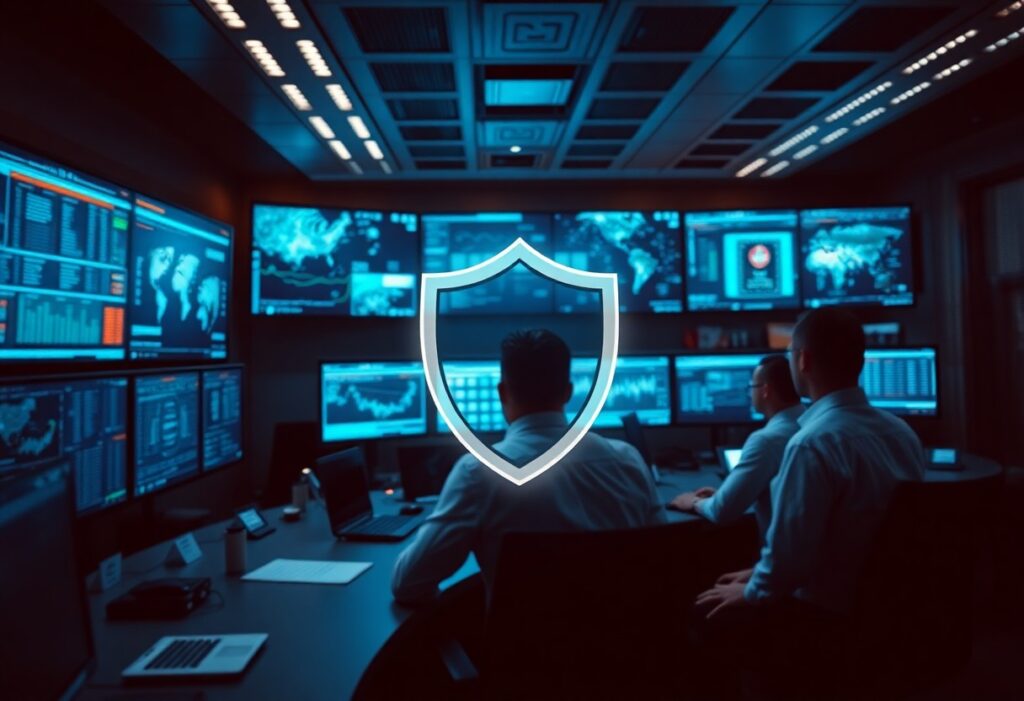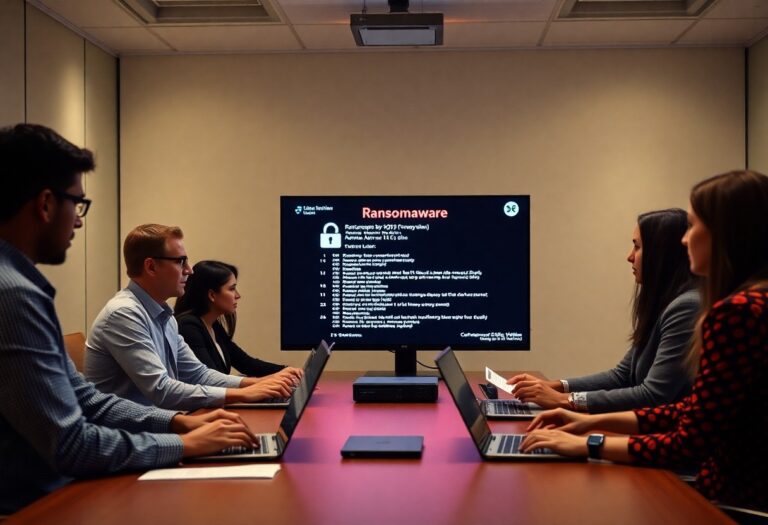“SOC: Smart Security for Simple Slip-Ups”
SOC is important for modern-day organizations as employees frequently fall victim to phishing scams. They use weak passwords or inadvertently expose sensitive data, resulting in severe security breaches.
Consider the case of Mr. X, who was eagerly looking forward to a weekend getaway with his school friends on a sunny Friday morning in early July. Amid his preparations, he received a phone call that, within half an hour, led to the loss of his entire month’s salary. The caller lured him with a seemingly lucrative reward in exchange for completing a brief survey. However, the survey required installing an application on his phone, which ultimately compromised his device. Unbeknownst to him, the app granted the scammer access to his banking credentials, enabling them to deplete his account within moments.
Similarly, across the globe, employees within organizations are routinely deceived by phishing emails. As because, these e-mails are disguised as official communications prompting them to patch vulnerabilities on company-issued devices. These scams often result in large-scale data breaches, leading to substantial financial losses and hefty regulatory fines.
Understanding Phishing from SOC Perspective
Phishing refers to deceptive communications whether one-on-one or mass-distributed. It is designed to exploit an individual’s trust and naivety and thereby extract sensitive information.
Dangers of Weak Passwords as per SOC Perspective
Cybercriminals can easily exploit weak passwords to gain unauthorized access to digital devices, allowing them to execute malicious activities on behalf of the user.
Consequences of Accidental Data Leak Incidents from SOC Perspective
Sensitive data leaks can have far-reaching professional consequences, granting adversaries unauthorized access to an organization’s critical assets, potentially leading to reputational and financial damage.
These incidents underscore the devastating impact of human error, often resulting in financial loss or significant security risks for both individuals and their organizations. Investigations reveal that a lack of awareness regarding fraudulent calls, messages, and emails makes individuals highly susceptible to such cyber threats. While awareness training can significantly enhance personal cybersecurity, how can organizations strengthen their digital defenses at an institutional level?
Strengthening Organizational Security Through SOCs
Cyberattacks targeting organizations are becoming increasingly sophisticated, leveraging cutting-edge technological advancements. However, inadequate cybersecurity awareness among employees can undermine an organization’s broader security efforts. Effectively integrating Security Operations Centers (SOCs) with employee training initiatives can create a more resilient cybersecurity framework.
An SOC mitigates human error by:
- Real-time Threat Detection: SOCs continuously monitor an organization’s assets to identify and respond to security threats in real time.
- Automated Incident Response: Automating incident response processes ensures a swift reaction to cyber threats, minimizing their impact on organizational assets.
- Providing Actionable Threat Intelligence: Timely detection and response to cyberattacks generate valuable threat intelligence. It leverages educating employees and enhance overall security awareness.
How Can Organizations Improve Cybersecurity Awareness?
What strategies do you think are most effective in educating employees about cybersecurity risks? Share your thoughts in the comments below!








